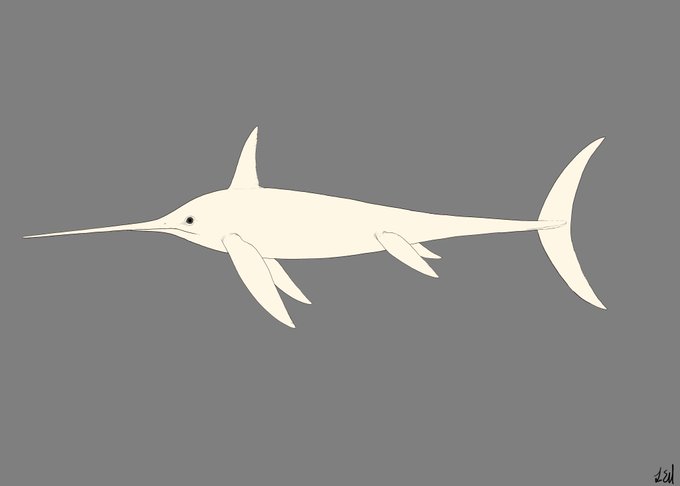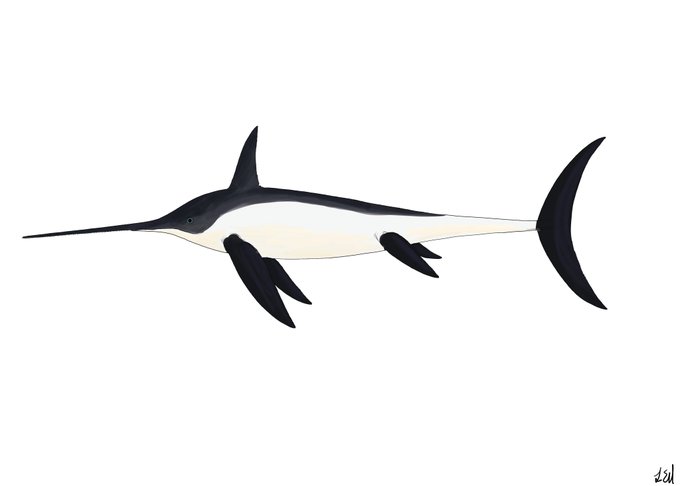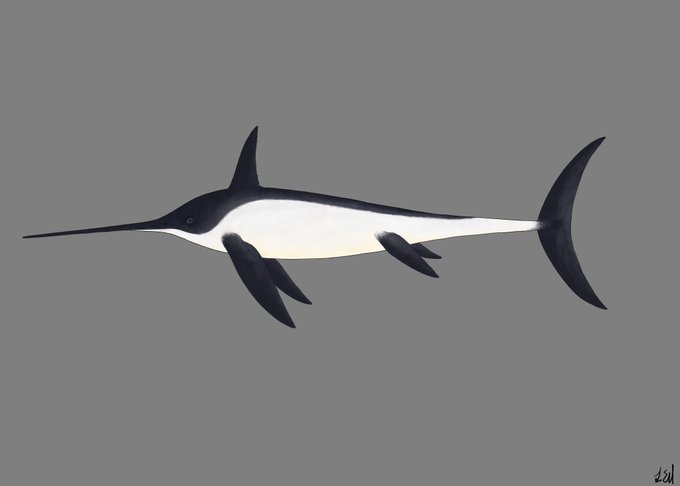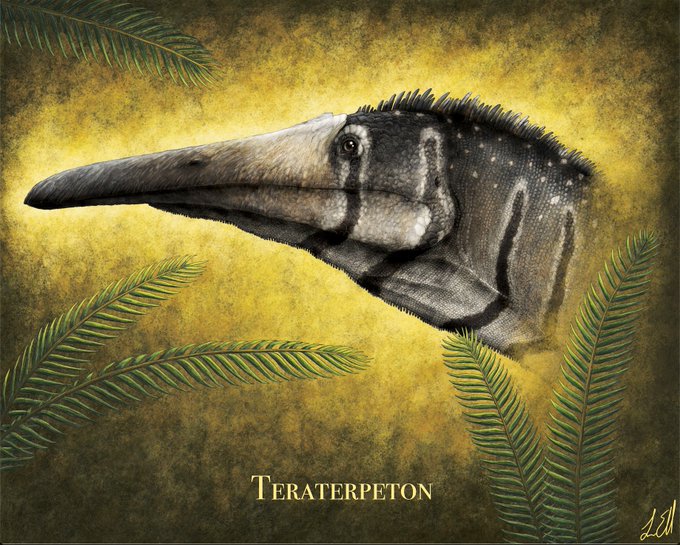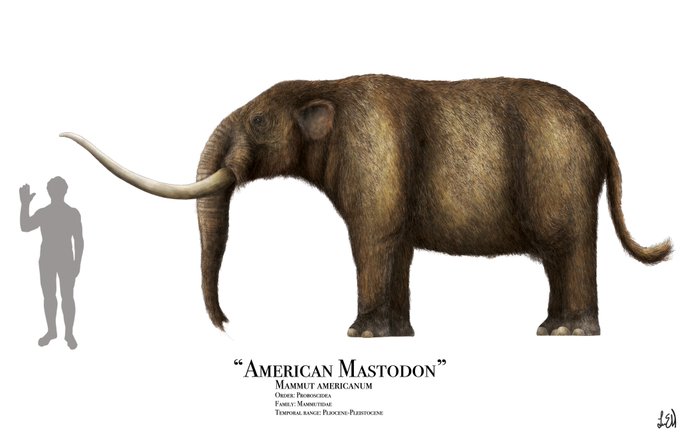scientificillustrationのTwitterイラスト検索結果。 2,311 件中 111ページ目
Here's a throwback! Ballpoint pen, somewhere around 18x24". 2011 I think.
.
.
.
#giantsquid #squid #octopus #ocean #deepsea #wildlifeart #scientificillustration #fineart #ballpointpen #drawing #traditionaldrawing #ink #inkdrawing #darkart #darkartists #d… https://t.co/6SF8oJZje6
Some throwbacks to my Devonian sketchbook for #FossilFriday: sea sponges, sea stars, brittle stars, urchins, edrioasteroids, and crinoids. My style in colored pencil was very naturalist
#paleoart #paleontology #sciart #scientificillustration #paleozoic #marinebiology
Scientific illustration practice: Macheiramphus alcinus (bat hawk).
#Illustration #ScientificIllustration #Bird
Just about finished with this little #commission for #feralatlas
.
#illustration #watercolor #pond #sciart #scientificillustration #wip #greenfrog #herps #frog #amphibian #pollution #runoff #herpetology #ecology #biology #urbanization #humanimpact #anthropocene
The coloration is based on recent data indicating countershading in ichthyosaurs, which while not surprising is still really cool. I mainly looked at modern dolphins for inspiration, as their skin is the closest analog. #paleoart #Eurhinosaurus #scientificillustration
Progress on some sketches for a couple of projects I'm working on for the D'arcy Thompson zoology museum! .
.
.
.
#art #anatomy #anatomyart #medicalart #sciart #scientificillustration #medart #medicalillustration #drawing #digitalart #photoshop #illustra… https://t.co/z2TeKCYQnb
Progress on some sketches for a couple of projects I'm working on for the D'arcy Thompson zoology museum! .
.
.
.
#art #anatomy #anatomyart #medicalart #sciart #scientificillustration #medart #medicalillustration #drawing #digitalart #photoshop #illustration #linework #felin…
Today marks the 1-year anniversary of when I 1st shared my #paleoart on social media! The inaugural Instagram post was of the nektobenthic Paleozoic cephalopod Aphetoceras, so I thought I'd recreate it:
#paleontology #sciart #scientificillustration #art
I hear there's a new #artmeme going around, good thing I have a new sauropod! #oldmiddlenew Feat. Euhelopus (2017), Patagotitan (2018) and Camarasaurus (yesterday) 🦕
#paleoart #sciart #scientificillustration #fossilfriday #art #flashbackfriday #fbf
Here's the head, featuring a crest-type thing. #Camarasaurus
#art #dinos #fossilfriday #paleoart #paleontology #sciart #scientificillustration
Camarasaurus lentus, one of the most common and well-known sauropod dinosaurs. Probably not much to say that you don't already know. #paleoart #paleontology #sciart #scientificillustration #fossilfriday #dinosaur
An original illustration of a bee fly, Bombylius major. Insects and spiders that have hair are adorable... add a really long snout, and OMG ❤️
https://t.co/ofsRuPpxZz
#bombyliusmajor #beefly #scientificillustration #entomology #originalart
Did my best to make the sabre-toothed metatherian Thylacosmilus look marsupial related, and not just a discount felid or store-brand thylacine. This ambush predator is known from the Miocene-Pliocene of S. America. #paleoart #paleontology #sciart #scientificillustration
The very rocky process in coloring Teraterpeton. Went from “jungle demon” to “caramel latte” to the final result (“plague doctor iguana”?) #sciart #paleoart #scientificillustration #art
He died for our ferns, so that we may frond salvation
#paleoart #paleontology #sciart #scientificillustration #teraterpeton #art
https://t.co/MJ7KliXj5B
Last (but not least) allokotosaur: Teraterpeton!!! This charming fellow lived during the Late Triassic in what is now Nova Scotia. Features of note include a long, toothless snout and blade-like claws. #paleoart #paleontology #sciart #scientificillustration #allokotosauria
The last in the Turkey Vulture series is just a lovely headshot of the bird! Turkey Vultures are the most common vulture here in the states!
#sciart #scicomm #ornithology #scienceart #scientificillustration #science #turkeyvultures #vultures #birds #illu… https://t.co/or6ZJflKsD
My most detailed entry into the Proboscidea series was the American mastodon. I painted as much of the fur as possible. https://t.co/PhJrTVUk21 #SciArtTweetstorm #paleoart #paleontology #scientificillustration
Palaeoloxodon falconeri is a great example of the crazy size disparity that can occur within the same genus. I didn't know this extreme was possible for mammals https://t.co/x52Tj8s0aH #SciArtTweetstorm #proboscidea #paleontology #scientificillustration













